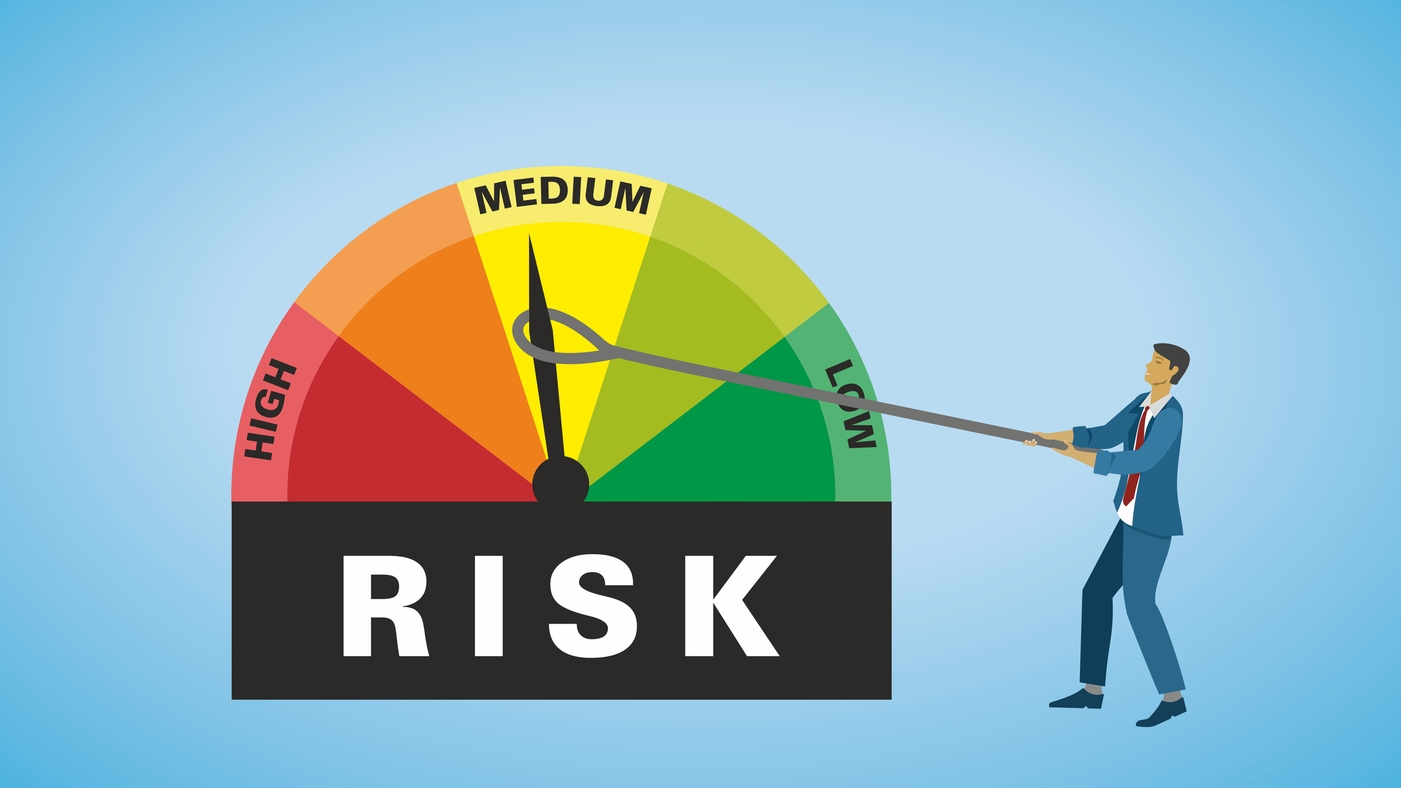Managing property in New York City comes with unique challenges—dense populations, aging infrastructure, and unpredictable weather events all contribute to heightened risk. For property owners and managers, mitigating these risks requires a proactive approach that integrates comprehensive insurance coverage, strict compliance with city regulations, and well-developed disaster preparedness plans. Here’s how NYC property professionals can safeguard their investments and ensure operational resilience.
1. Understanding Insurance Requirements and Coverage Gaps
Insurance is the first line of defense against financial loss, but not all policies are created equal. In NYC, where properties face threats ranging from flooding to liability claims, it’s essential to understand the nuances of your coverage. Standard property insurance typically covers fire, theft, and some forms of water damage—but often excludes floods, mold, or certain natural disasters.
Property owners should consider specialized policies such as:
- Flood insurance: Particularly important for buildings in FEMA-designated flood zones or coastal areas.
- Business interruption insurance: Covers lost income if a property becomes uninhabitable due to a disaster.
- Liability insurance: Protects against tenant or visitor injury claims, which are common in high-traffic urban buildings.
Working with an insurance broker who understands NYC’s real estate landscape can help identify gaps in coverage and ensure compliance with lender and city requirements.
2. Staying Ahead of Compliance and Regulation
New York City has some of the most stringent property regulations in the country, covering everything from fire safety to environmental sustainability. Noncompliance can lead not only to fines but also to liability exposure and reputational damage. Key areas of compliance include:
- Local Law 97: Requires large buildings to reduce carbon emissions, with financial penalties for noncompliance.
- Local Law 26: Mandates sprinkler systems and other fire safety upgrades in high-rise buildings.
- DOB and HPD regulations: Enforce building maintenance, elevator safety, and tenant habitability standards.
Regular audits and documentation are essential. Using digital compliance management tools can simplify tracking inspection schedules, permit renewals, and certifications, reducing the chance of oversight.
3. Building a Robust Disaster Preparedness Plan
Whether it’s a nor’easter, power outage, or burst pipe, emergencies are inevitable in NYC. The difference between recovery and catastrophe often comes down to preparedness. A comprehensive disaster plan should include:
- Emergency contact lists: Key vendors, tenants, and utility providers.
- Evacuation procedures and signage: Clearly marked routes and regular drills for both tenants and staff.
- Backup systems: Generators, sump pumps, and secure off-site data storage.
- Post-event protocols: A checklist for damage assessment, insurance documentation, and communication with tenants.
Technology can enhance preparedness—cloud-based platforms can store emergency plans and enable real-time communication during crises.
4. The Value of an Integrated Risk Management Approach
The most resilient NYC properties take a holistic approach to risk management. Insurance, compliance, and disaster planning shouldn’t operate in silos; instead, they should be interlinked. For example, regular maintenance and compliance checks can lower insurance premiums, while accurate documentation streamlines claims after a disaster.
In a city where the unexpected is part of daily life, risk mitigation isn’t just a defensive strategy—it’s a competitive advantage. Property owners who invest in proactive insurance reviews, regulatory compliance, and disaster preparedness protect not only their assets but also their reputation, tenants, and long-term profitability.

